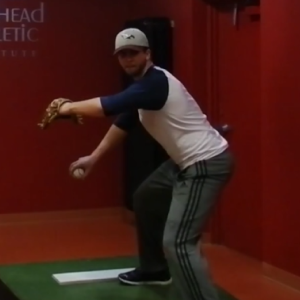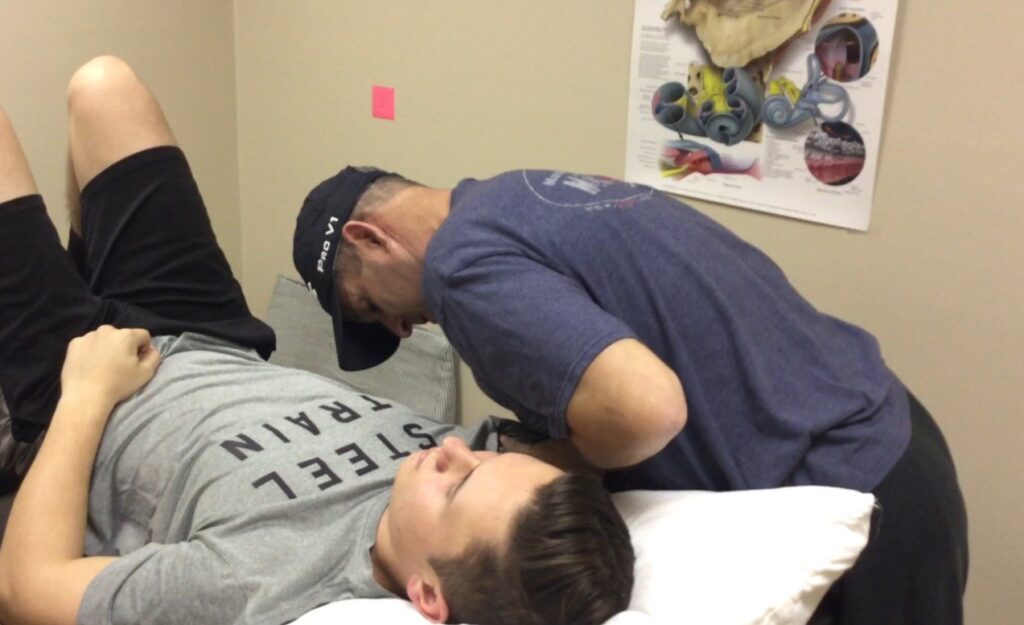How to Prevent Future Arm Injuries in Baseball and Softball Players
How to Prevent Future Arm Injuries in Baseball and Softball Players Lets first start with a few guiding principles: 1. Begin with the end in mind 2. Youth or summer baseball is not the pinnacle or your career (hint -it won’t matter in the grand scheme) 3. Your “freak” injury occurred for a reason 4. […]
How to Prevent Future Arm Injuries in Baseball and Softball Players Read More »













